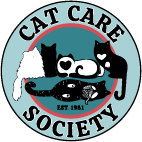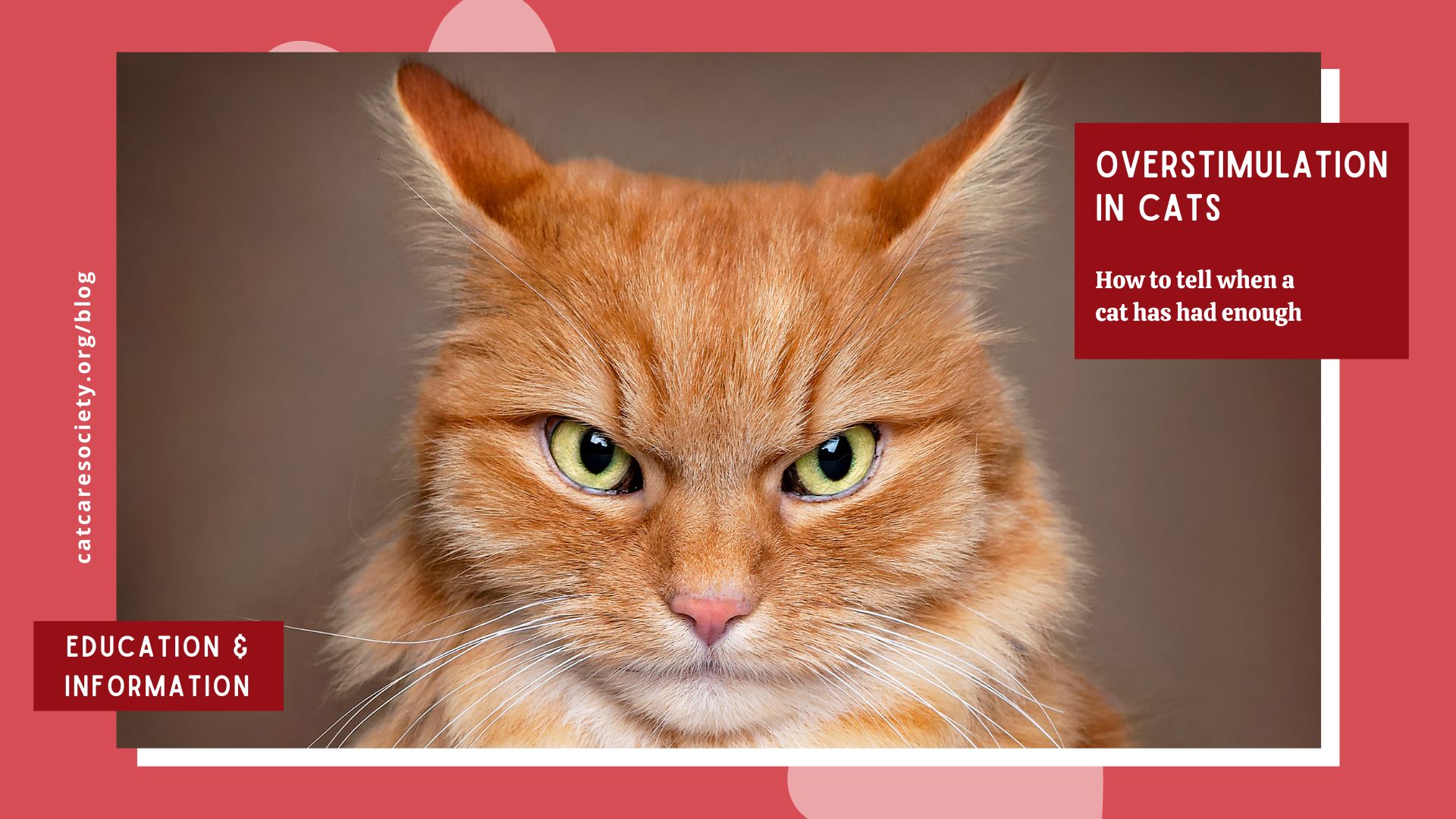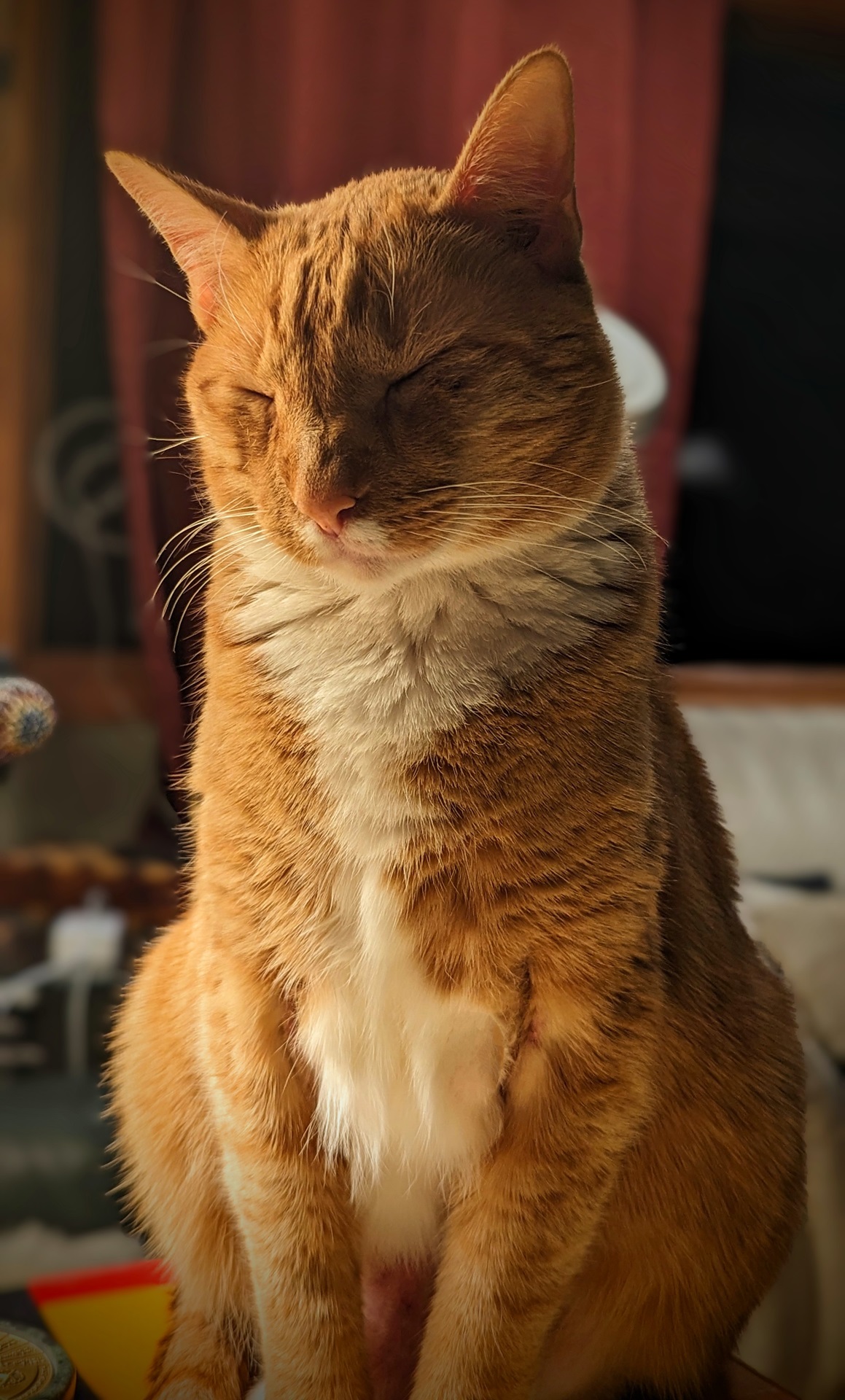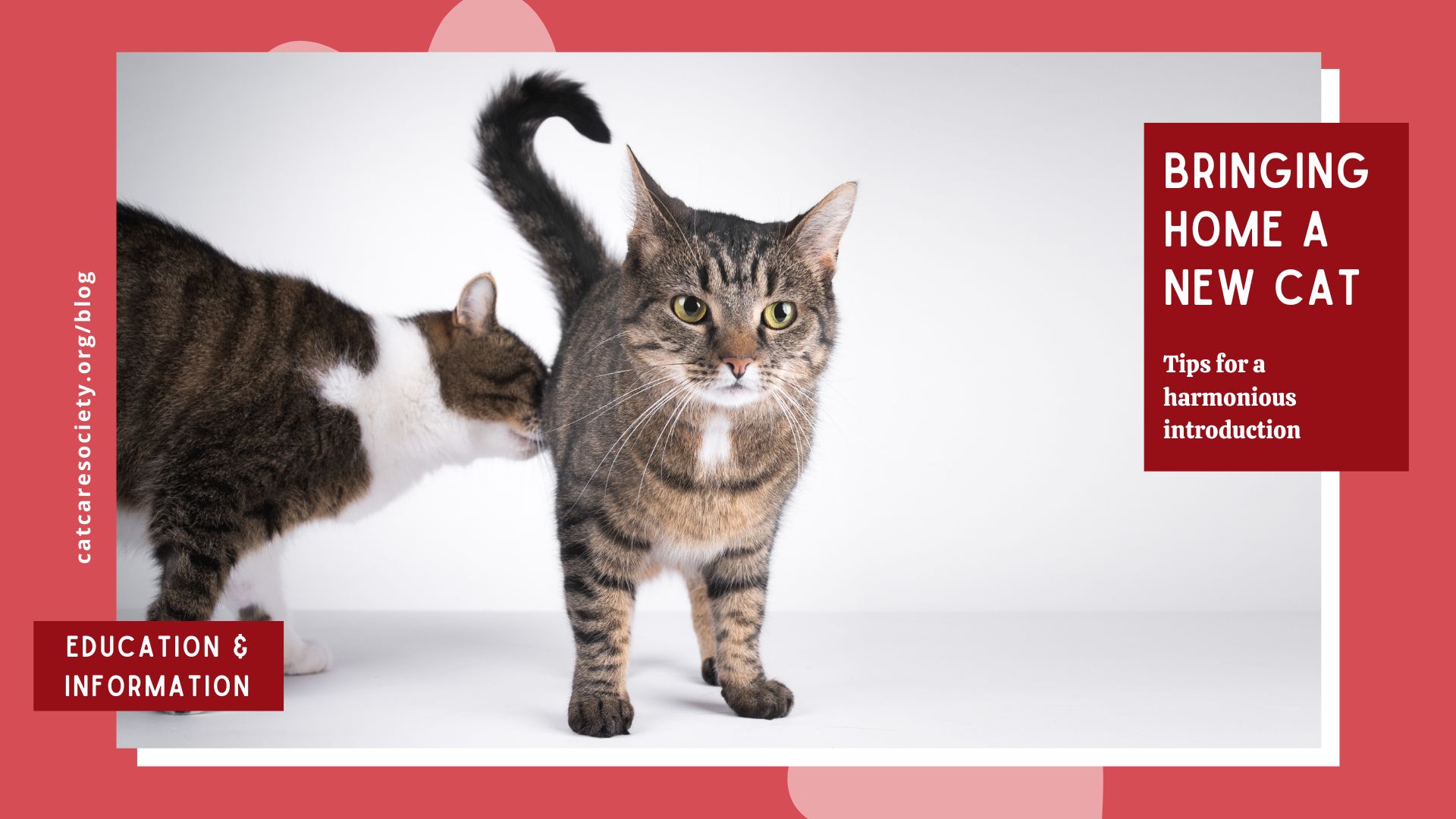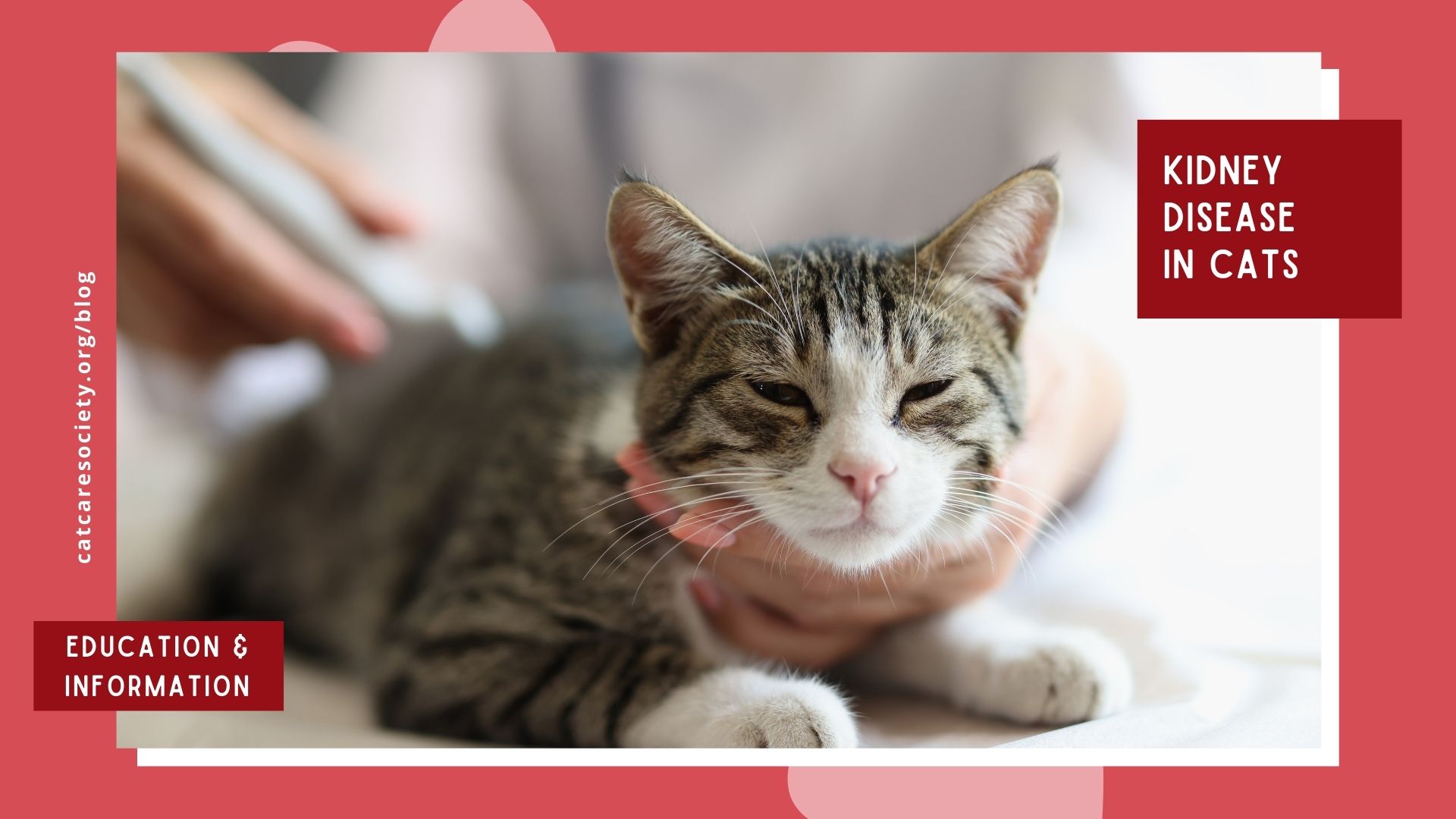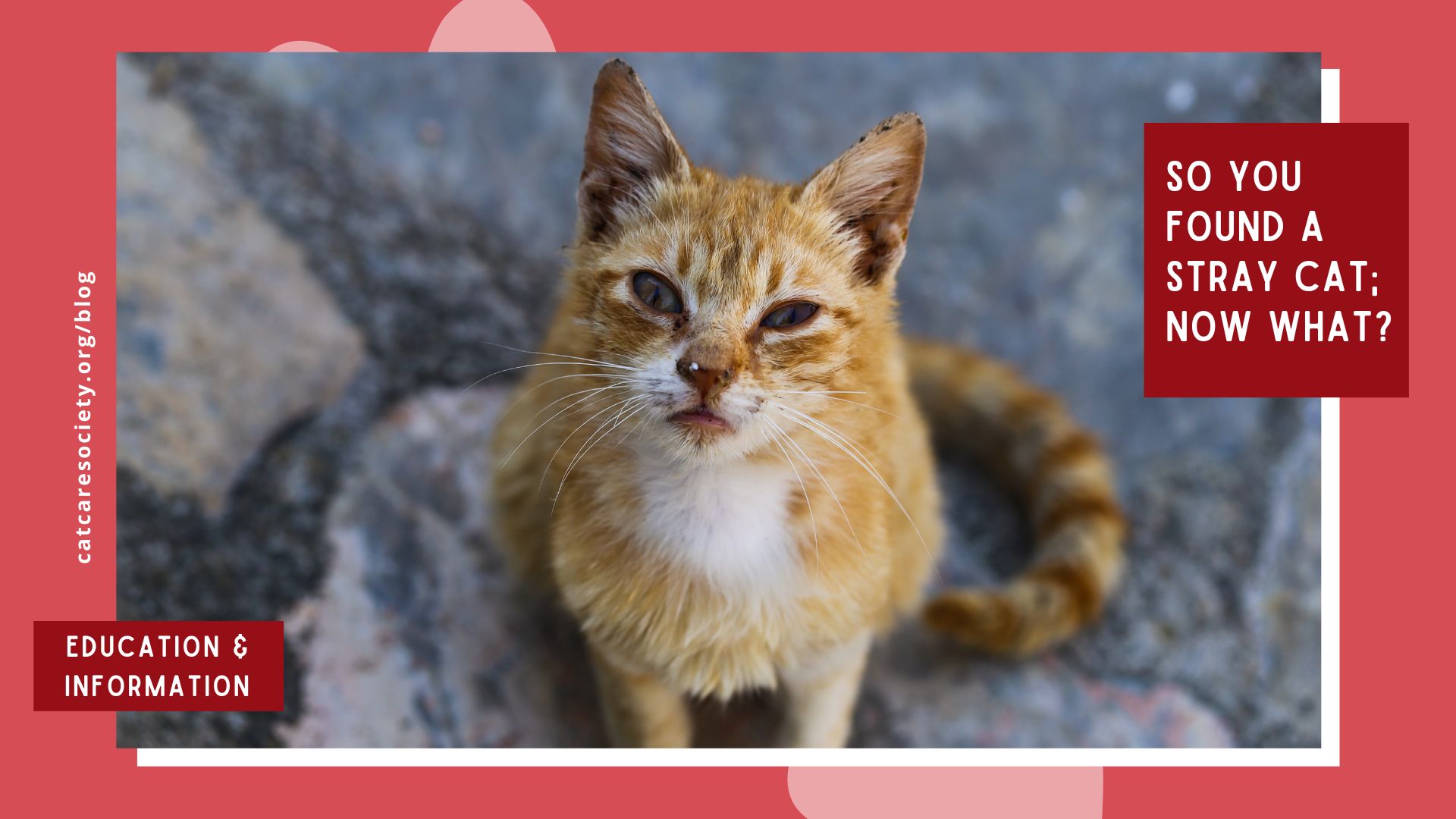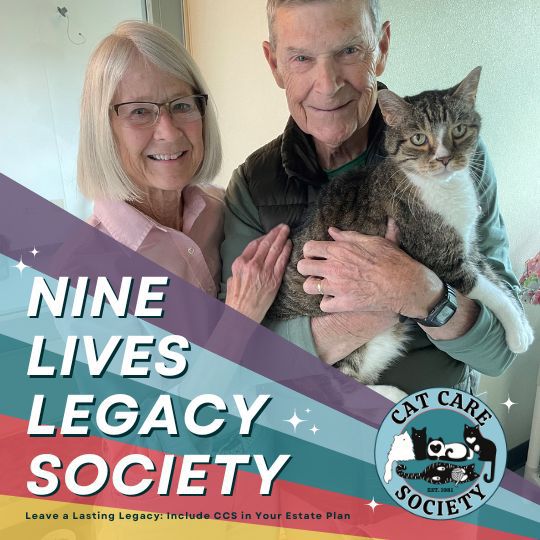Like some humans are more sensitive to certain stimuli than others, some cats too have limits for how much physical interaction they can handle at any one time. Often perceived as aggression, overstimulation is a common reaction cats have in busy shelter environments, and sometimes in their forever homes even after they’ve adjusted. But what’s behind this behavior and what can you do about it before it escalates? Let’s dive in.
Overstimulation: An Overview
Cats experiencing overstimulation often act out, resulting in a bite, scratch, hiss or attack that may seem unprovoked. However, cats often exhibit warning signs through their body language that some of us may miss. What we think is innocent petting can actually hurt your cat more than you realize.
Overstimulation (sometimes shortened to “overstim”) is when cats experience sensory overload from too much petting, caused by a painful nerve reaction, stress or built-up frustration. It has nothing to do with a cat’s temperament, but an actual physiological response to touch. Basically, their nervous system goes into overdrive and they feel significant discomfort.
Most often, cats become overstim during petting, but it can also occur during play time, when the cat is engaged with another animal or sees another animal outside.
Unfortunately, in many cases, it is the cats who solicit attention who tend to become overstimulated. If you’ve ever had a cat approach you, then gets mad when you give them attention, this was likely the case!
The good news is that you can take steps to work with these cats once you know how to manage and prevent it.
Recognize the Warning Signs
What are the signs you should watch out for, signaling a cat may be overstimulated?
- Dumb Friends League: Overstimulated Cats
- Jackson Galaxy: Aggression in Cats (see: Petting-Related Aggression section)
- 24Pet: Why cats bite and how to stop it
- Restlessness
- Tail twitching
- Ears flicking back
- Skin rippling
- Whipping its head toward your hand during petting,
- Increased vocalization
- Dilated pupils
- Becoming “mouthy” with you
